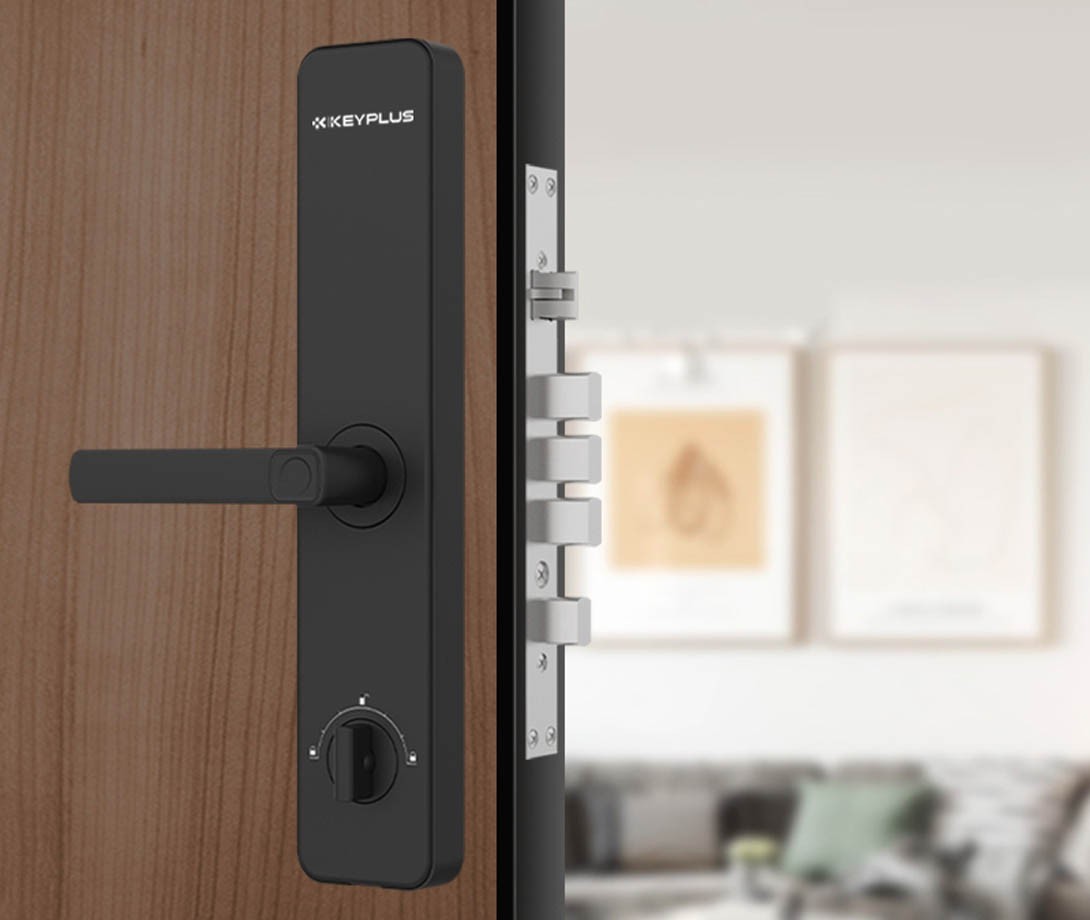Do Smart Locks Need Power?
Smart locks are revolutionizing home security, offering keyless entry and remote access. But since they’re electronic devices, many homeowners wonder: Do smart locks need power?
The short answer is yes, smart locks require power—but not in the way you might think. Unlike wired security systems, most smart locks don’t need your home’s electricity. Instead, they run on batteries, ensuring they keep working even during a power outage.
In this guide, we’ll cover:
How smart locks get power (and why batteries are key)
What happens when the batteries die?
How long smart lock batteries last
Which locks have backup power options
Tips to maximize battery life
By the end, you’ll understand exactly how smart locks stay powered—and how to avoid getting locked out.
1. How Do Smart Locks Get Power?
Unlike traditional deadbolts, smart locks have electronic components that require electricity to function. However, they don’t plug into your home’s wiring. Instead, they use one of these power sources:
A. Replaceable Batteries (Most Common)
- Types: AA, AAA, or CR123A lithium batteries
- Pros:
- Easy to replace (available at any store)
- No wiring needed
- Works during power outages
- Cons:
- Requires occasional battery changes
B. Built-in Rechargeable Batteries (Rare)
- Examples: Nuki Smart Lock 3.0
- Pros:
- No need to buy disposable batteries
- Cons:
- Must recharge every few months
- Less common in the U.S.
C. Hardwired Power (Very Rare for Residential Use)
- Examples: Some commercial-grade smart locks
- Pros:
- No battery changes needed
- Cons:
- Requires professional installation
- Stops working during power outages
Bottom line: 95% of residential smart locks use standard batteries.
2. What Happens When the Batteries Die?
A dead battery doesn’t mean you’re locked out. Most smart locks include backup access methods, such as:
A. Physical Key Override
- Many smart locks include a keyhole for emergencies.
- Warning: Some models are completely keyless—check before buying!
B. External Battery Boost
- Some locks let you hold a 9V battery to the keypad for a quick power boost.
C. Low-Battery Warnings
Smart locks won’t die suddenly. They warn you in advance via:
- Beeping sounds
- App notifications
- Flashing LED lights
Pro Tip: Replace batteries as soon as you get a warning to avoid lockouts.
3. How Long Do Smart Lock Batteries Last?
Battery life depends on:
- Usage frequency (how often the lock is activated)
- Connectivity type (Wi-Fi drains batteries faster than Bluetooth)
- Weather (cold temperatures reduce battery efficiency)
Average Battery Life by Lock Type
| Smart Lock Type | Battery Life |
|---|---|
| Bluetooth-Only Locks | 6–12 months |
| Wi-Fi-Enabled Locks | 3–6 months |
| Keypad Locks | 12–24 months |
| Fingerprint Locks | 6–12 months |
Key Insight: Wi-Fi drains batteries fastest. If you want longer battery life, choose a Bluetooth or Z-Wave model.
4. How to Extend Smart Lock Battery Life
To avoid frequent battery changes:
Use lithium batteries (last longer than alkaline in extreme temps).
Disable unnecessary features (e.g., reduce Wi-Fi usage if possible).
Keep firmware updated (manufacturers optimize power efficiency).
Install in a covered area (protect from rain/snow).
5. Power Outages & Smart Locks: What to Know
Since smart locks use batteries, they keep working during power outages—unlike wired security systems. However:
- Wi-Fi features won’t work (no remote access).
- Bluetooth and keypads still function.
- Always have a backup key just in case.
Final Verdict: Yes, Smart Locks Need Power—But It’s Easy
Smart locks do need power, but they’re designed for hassle-free operation:
- Most use standard batteries (AA/AAA).
- They warn you before dying.
- Backup options prevent lockouts.
For longest battery life, choose a Bluetooth or Z-Wave lock and use lithium batteries.
Have Questions? Ask Below!
Post time: Apr-23-2025


